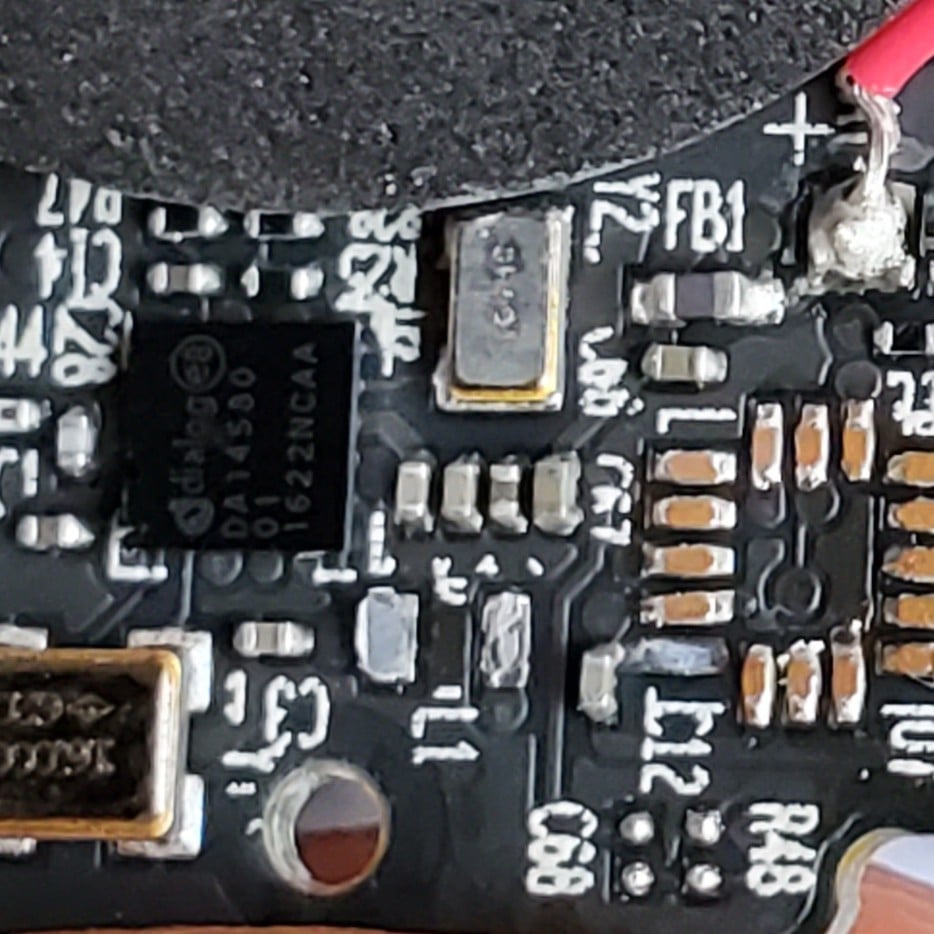How in terms of “how did you do it” i.e. a guide a wiki etc. How to you maintain it? How do you provide security and how do you maintain it? Do you host on bare metal at home? Do you use a cloud service? If the former, how do you connect to it when you aren’t at home?
I realize that’s a lot to ask, but I have some down time and want to hear everyone’s full viewpoints
I’m anti enshittification & pro digital privacy. A few years back when Evernote started restricting their service & a password manager I’d paid for multiple users for fucked me over it dawned on me that “Big Tech” did not have my best interests at heart. Since that Eureka moment I formed an interest in FOSS & ive not looked back.
I’m not in IT, 100% self taught. Started with Nextcloud with NGINX. I expose as little as possible, the rest is local only though ive set up Wireguard for external access.
I self host mostly what everyone else does: Nextcloud, Joplin, Paperless, Immich etc etc. Special shoutout to Homebox which ive found extremely useful when boxing up & organising our roof space & garage. I like to use Docker containers.
Its become a bit of a hobby & the path led me to the Fediverse. The next step is likely switching fully to Linux
The next step is likely switching fully to Linux
Thought you were using it already
Edit: keyword “fully”, got it.
I used just a Synology NAS with Docker containers to begin with but outgrew that. Now I have a mini PC with a 12th Gen i5 (picked up cheap on eBay) for computing and the Synology NAS is just a NAS.
Docker containers:
Glutun (VPN), qBittorrent, media managers (sonarr, radarr, prowlarr, flaresolverr), Jellyfin (video streaming), Paperless NGX (document upload), Immich (photo upload), watchtower (auto update Docker containers), Plex (because my wife isn’t used to Jellyfin yet and it takes a while to transition her to unfamiliar technology), Actual (budgeting), Syncthing (file sync), Element server (chat server just for myself, I make channels to cross-share snippets of text/links/images to myself, accessible on any device).
Still need to set up Lidarr and Beet for my music management. Also need to find a good exercise logger, set up Guacamole remote access interface, learn to use Dockage to replace Portainer, set up an RSS docker app and audio bookshelf for podcasts and audiobooks. Haven’t got the guts to approach Home Assisstant yet.
I stopped looking for a notes app and use Joplin to sync with my Mailbox.org account, but I might look for a Docker solution for notes.
NoMachine runs on my server PC for remote desktop. The server PC runs Debian with KDE (because I’m familiar with setting up what I need in KDE, which is the most superior of all desktop environments).
Synology handles making my apps accessible externally (from Synology.me reverse proxy addresses).
I used to use the Marius Hosting site to set up Synology Docker containers. Now I just copy his YAML data and edit it for my server. So I still use those guides.
I’ve written a noob guide notes for myself to set this all up again in case I destroy it somehow (already happened once). Really enjoyed using my week off to learn all this.

Jellyfin, navidrone, paperless, freshrss, mealie, linkwarden, and immich. All on a debian as docker compose setups on a home server. I access things via tailscale and if I need it outside of that via cloudflare tunnels. Simple and easy.




